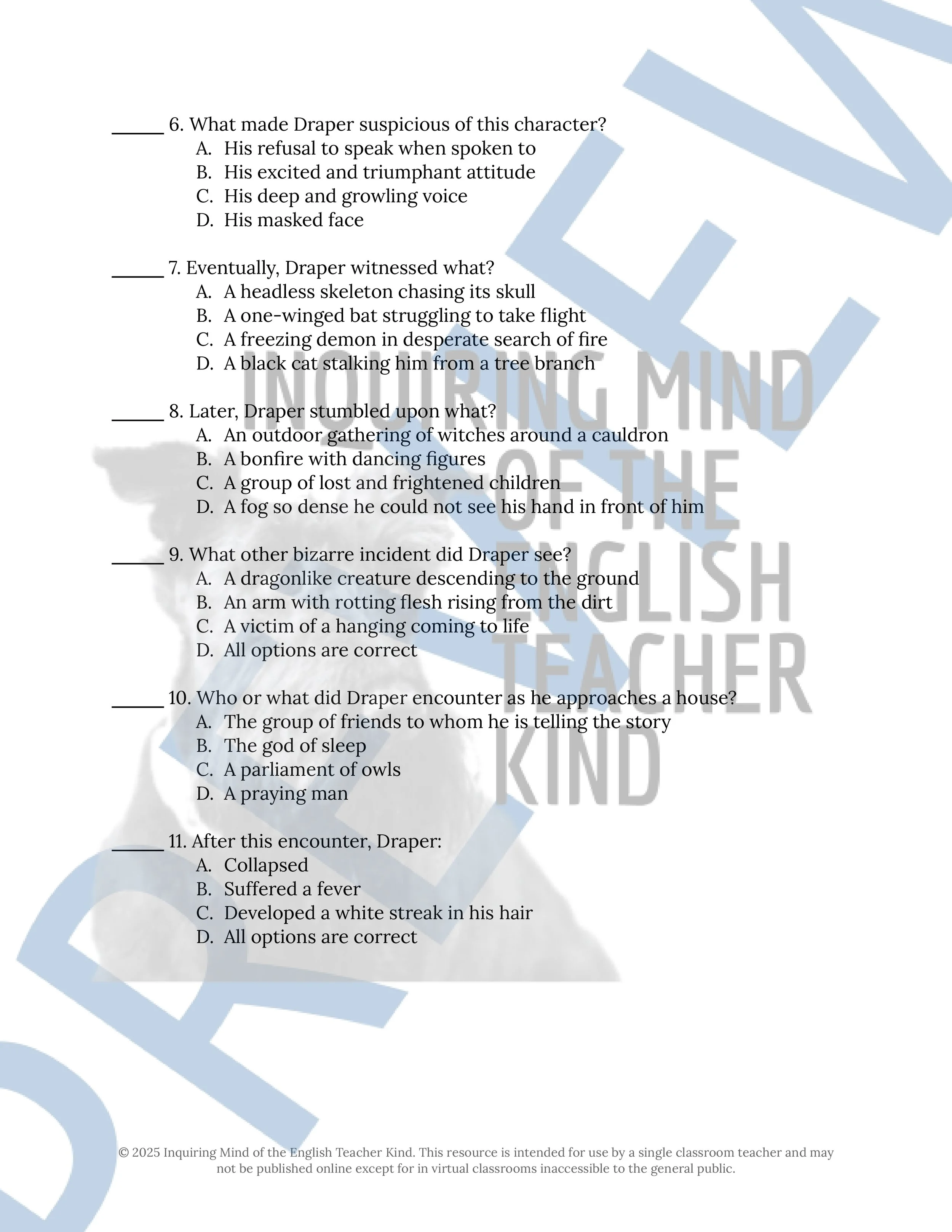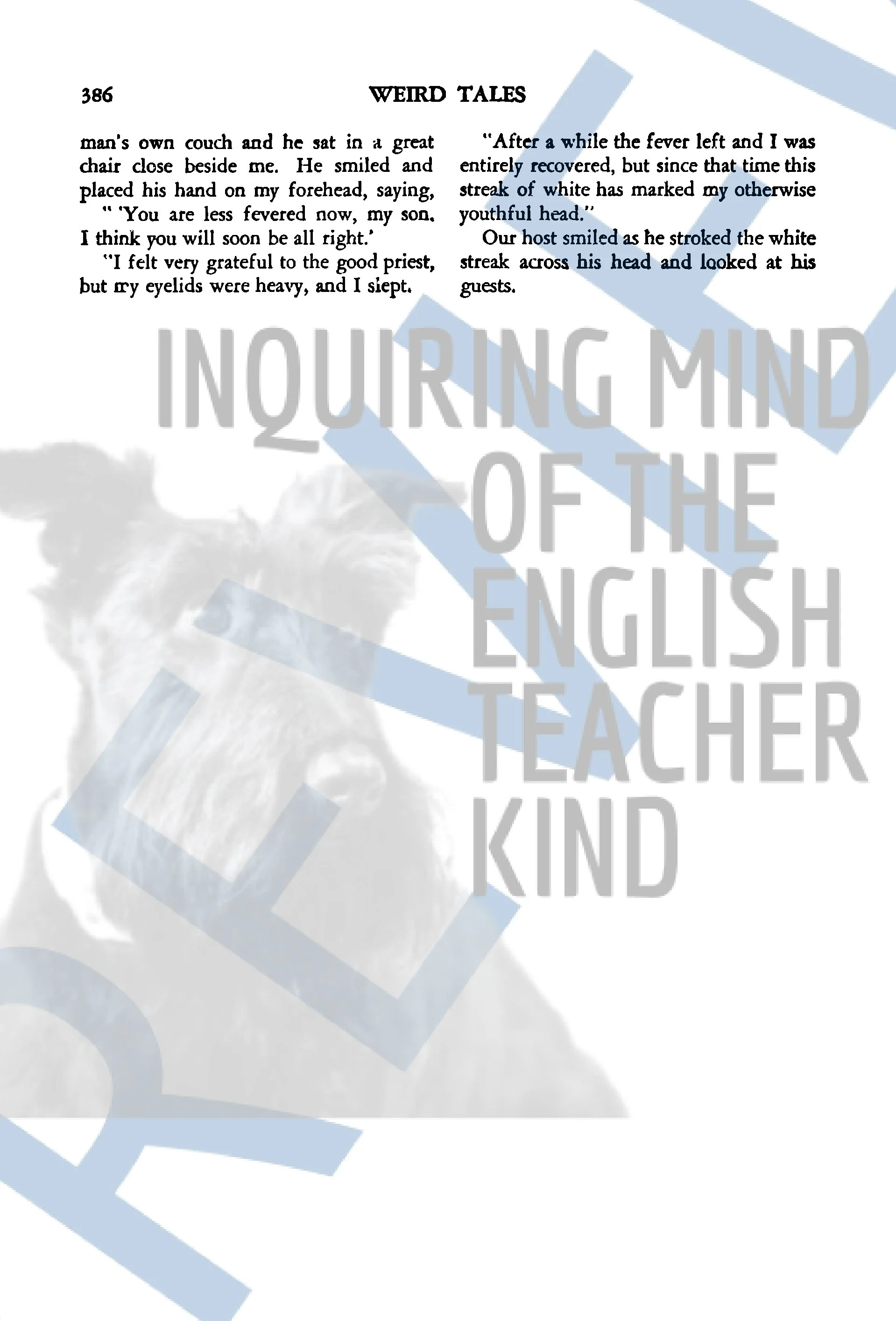 Image 1 of 25
Image 1 of 25

 Image 2 of 25
Image 2 of 25

 Image 3 of 25
Image 3 of 25

 Image 4 of 25
Image 4 of 25

 Image 5 of 25
Image 5 of 25

 Image 6 of 25
Image 6 of 25

 Image 7 of 25
Image 7 of 25

 Image 8 of 25
Image 8 of 25

 Image 9 of 25
Image 9 of 25

 Image 10 of 25
Image 10 of 25

 Image 11 of 25
Image 11 of 25

 Image 12 of 25
Image 12 of 25

 Image 13 of 25
Image 13 of 25

 Image 14 of 25
Image 14 of 25

 Image 15 of 25
Image 15 of 25

 Image 16 of 25
Image 16 of 25

 Image 17 of 25
Image 17 of 25

 Image 18 of 25
Image 18 of 25

 Image 19 of 25
Image 19 of 25

 Image 20 of 25
Image 20 of 25

 Image 21 of 25
Image 21 of 25

 Image 22 of 25
Image 22 of 25

 Image 23 of 25
Image 23 of 25

 Image 24 of 25
Image 24 of 25

 Image 25 of 25
Image 25 of 25


























Dracula Chapters 1-4 Quiz, Close Reading Worksheets, and Vocabulary Games
Evaluate comprehension and support the development of close reading analysis skills with this bundle of resources covering chapters 1, 2, 3, and 4 of Dracula by Bram Stoker. A plot-based quiz, close reading worksheets, vocabulary activities, and answer keys are provided. Materials are delivered in printable Word Document and PDF formats. (Alternatively, a Google Drive bundle option is available.) By engaging with these materials, students will:
Identify what the text says both explicitly and implicitly
Determine the meaning of unfamiliar and complex words
Consult reference materials in order to learn and verify word meanings
Discern the most proper application of words as they are used in sentences
Determine the function of a given excerpt
Explore how setting contributes to mood
Discern the intended effects of the author's narrative techniques
Examine how complex characters think, behave, interact, and develop
Explain how gender norms of 19th Century England are broken
Apply knowledge of literary devices including situational irony, verbal irony, dramatic irony, foreshadowing, metaphor, oxymoron, epiphany, and more
Read a portion of Emily Gerard's "Transylvanian Superstitions" to make sense of a character's actions and thinking
Conduct brief research on gypsies to explain why Harker believes they may be helpful to him
Support claims and inferences with sound reasoning and relevant evidence
Write about Gothic literature with clarity, accuracy, and precision
This resource may facilitate small-group discussions in which students decode language and pose/respond to questions relating to plot, broad topics, and character development. Using this resource for structured guidance, students will improve their ability to present information, conclusions, and supporting textual evidence clearly and convincingly.
Resources are available for a variety of other engaging novels:
Evaluate comprehension and support the development of close reading analysis skills with this bundle of resources covering chapters 1, 2, 3, and 4 of Dracula by Bram Stoker. A plot-based quiz, close reading worksheets, vocabulary activities, and answer keys are provided. Materials are delivered in printable Word Document and PDF formats. (Alternatively, a Google Drive bundle option is available.) By engaging with these materials, students will:
Identify what the text says both explicitly and implicitly
Determine the meaning of unfamiliar and complex words
Consult reference materials in order to learn and verify word meanings
Discern the most proper application of words as they are used in sentences
Determine the function of a given excerpt
Explore how setting contributes to mood
Discern the intended effects of the author's narrative techniques
Examine how complex characters think, behave, interact, and develop
Explain how gender norms of 19th Century England are broken
Apply knowledge of literary devices including situational irony, verbal irony, dramatic irony, foreshadowing, metaphor, oxymoron, epiphany, and more
Read a portion of Emily Gerard's "Transylvanian Superstitions" to make sense of a character's actions and thinking
Conduct brief research on gypsies to explain why Harker believes they may be helpful to him
Support claims and inferences with sound reasoning and relevant evidence
Write about Gothic literature with clarity, accuracy, and precision
This resource may facilitate small-group discussions in which students decode language and pose/respond to questions relating to plot, broad topics, and character development. Using this resource for structured guidance, students will improve their ability to present information, conclusions, and supporting textual evidence clearly and convincingly.
Resources are available for a variety of other engaging novels:
Preview this resource:
Evaluate comprehension and support the development of close reading analysis skills with this bundle of resources covering chapters 1, 2, 3, and 4 of Dracula by Bram Stoker. A plot-based quiz, close reading worksheets, vocabulary activities, and answer keys are provided.















































































































































































































